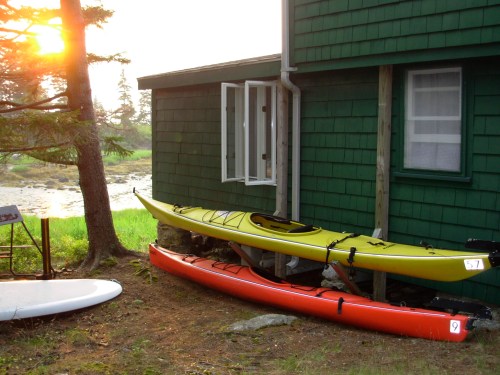When Benjamin Franklin wrote An Economical Project, his 1794 discourse in which he proposed the idea that would become our current Daylight Saving Time, it probably didn’t occur to him that the world would be using his system of adjusting human activities to maximize natural daylight more than 200 years later.
It also probably didn’t occur to him that others would take so long to embrace it. Attempts to legislate Daylight Saving were still widely ridiculed at the beginning of the 20th century. (It took the energy needs of WWI for many to finally enact them.) Standard times, brought about in the U.S. and Canada by the needs of the railways, which straddled various locales, also took a few decades to eventually pass into law.
This is a wonderful article on the history of Daylight Saving Time and time zones, which includes all kinds of quirkiness and variations. (One year, 23 different pairs of DST start and end dates were used in Iowa alone.) Indeed, cities and countries around the world begin, end and practice Daylight Savings at a variety of times and in a variety of ways.
Most of the U.S. begins Daylight Saving Time at 2:00 a.m. (local time) on the second Sunday in March and reverts to standard time at 2:00 a.m. on the first Sunday in November.
How does Daylight Savings Time impact safety, particularly on the roads? Apparently the first dark evenings in Fall, when the time changes back, see an increase in pedestrian and auto accidents, as some people readjust to driving in darkness. In 2007, Daylight Saving Time in the U.S. was moved to the first weekend in November, in the hopes of getting more Halloween Trick-or-Treaters out during daylight and presumed safety, which may be good for the youngest Trick-or-Treaters.
Sleep deprivation is an issue that can affect people just after Daylight Saving Time kicks in in Spring. Cows, too, can be a little flummoxed, say Indiana and other dairy farmers — to the degree that their milk production suffers. Interestingly, Indiana only adopted Daylight Saving Time in 2005. Arizona is the only state that currently opts out of Daylight Savings, although the Navajo nations within it opt in — are you confused yet? In addition some Amish communities, particularly in Ohio, remain on Standard Time, which they (wonderfully) call Slow Time.
Here’s hoping you enjoy your Slow Time, your sunlight, and the wonder of time in general, whether you practice Daylight Savings or not.
Photos by Susan Sachs Lipman









































